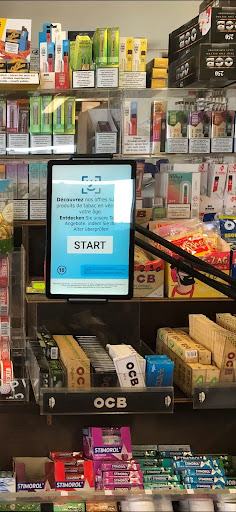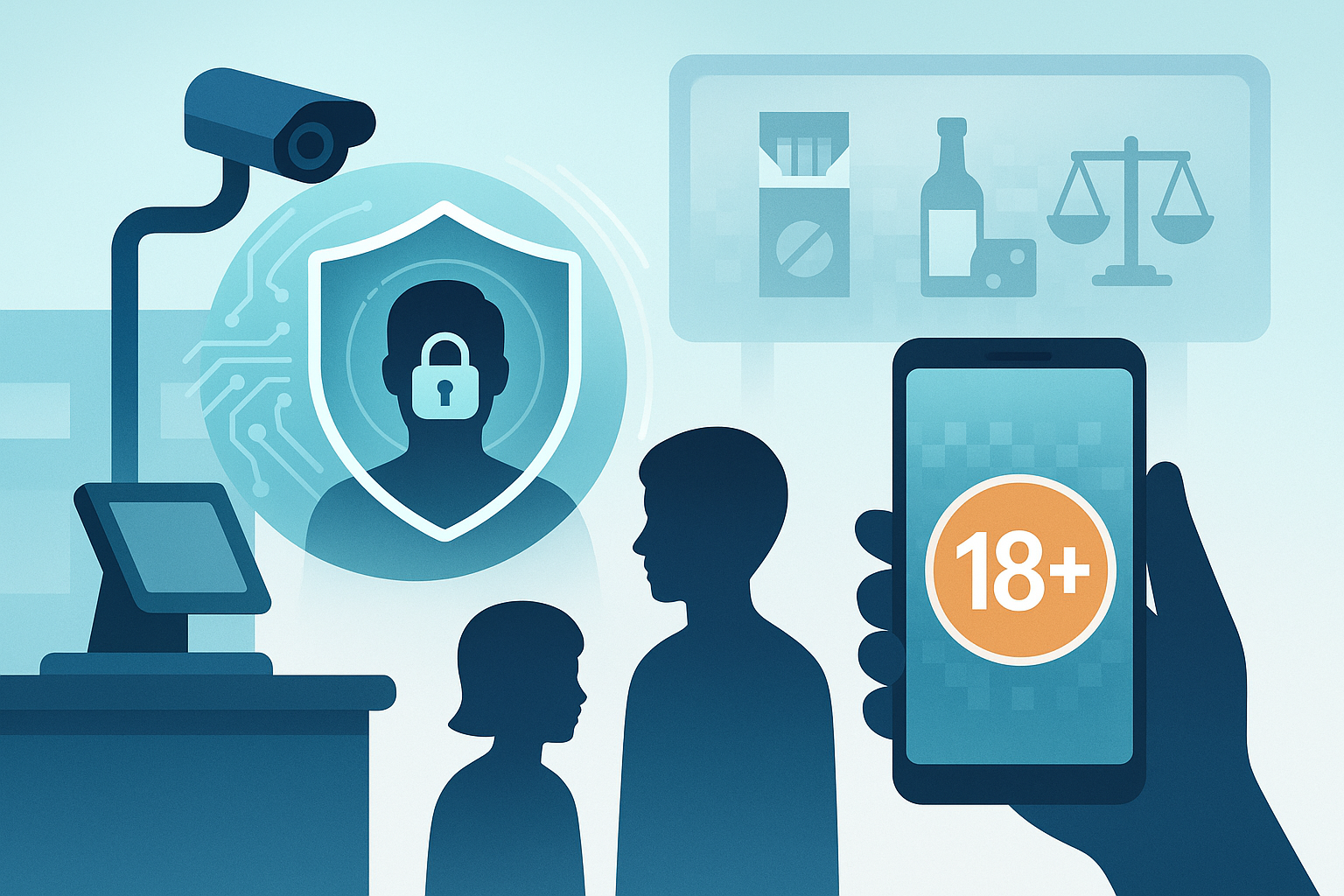Age Estimation - Youth Access Prevention and Advertising Restricted Products
Even by conservative estimates, industries selling restricted goods and services like tobacco, alcohol and gambling generate more than $3.1 trillion in annual revenues, with tobacco alone accounting for more than $1 trillion. The scale is clearer when we look at national breakdowns in certain countries:
Regulators are increasingly tightening requirements for the online and in-store advertising of restricted goods and services. Promotions and advertising are major contributors to the economics of these industries. It is therefore imperative that these industries make reliable youth access prevention their priority to ensure that their adult customers can meaningfully access their goods and services.
AI-based automated age estimation both in-store and online, is a significant leap in technology that can carve out a win-win path for societal goals while preserving the interests of businesses as well.
Stricter regulatory controls
In many markets, regulatory trends are moving toward stricter controls on how such products can be advertised or promoted. These efforts are well-intentioned and vital. Preventing underage access and delivering age-appropriate experiences is critically important.
As governments and public health bodies work to limit the appeal and accessibility of restricted goods, promotional bans have become a popular policy tool. But these interventions don’t come without economic consequences.
Data shows that promotional restrictions have a significant impact on sales but the technology now exists to ensure that ethical and age-appropriate advertising can take place.
Effective compliance through age estimation
Rather than eliminating promotion altogether, regulators must allow advertising to the right age groups. This means being age-appropriate by design.
AI-driven age estimation technology such as Privately provides a privacy-preserving way to determine whether someone is likely to be of legal age to view promotional content. Unlike traditional age-gating (which relies on self-declared information), age estimation uses real-time facial analysis to verify someone’s likely age bracket.
Crucially it does not store or share a single image and does not collect personal data or identity information, ensuring compliance with regulations around age-appropriate promotion.
This unlocks a powerful middle ground:
- Regulators benefit from greater confidence that consumer protection is actively enforced.
- Brands can promote products responsibly, ensuring their campaigns don’t reach underage audiences.
- Retailers and advertisers stay compliant, even in increasingly restrictive environments.
- Minors are further protected against age-inappropriate experiences.
Ethical age-appropriate promotions
With the proper safeguards in place, age estimation not only protects minors, it also empowers adults. It means that someone who is legally allowed to purchase a product can see relevant offers, educational messaging, or loyalty rewards, while minors are automatically excluded.
For brands and retailers, this opens up the possibility of compliant promotions across digital, in-store, and retail media channels, particularly in jurisdictions where full advertising bans aren't yet in place, but scrutiny is rising. For regulators, it means they can protect advertising revenues while knowing that promotions are being conducted ethically and age-appropriately.
This compliance then becomes a major competitive advantage. Privately SA’s Age Estimation solutions - deployed in mobile apps, retail environments, and digital platforms - offer companies a scalable, secure way to implement age-based access controls.
By enabling promotions to only reach eligible consumers, our technology helps businesses navigate regulation while maintaining commercial performance.
The future of age-appropriate promotion

Age-restricted products generate trillions in annual sales but regulatory pressure is mounting. Although promotional bans reduce consumption, they also incur significant economic costs that regulators cannot ignore.
AI-based age estimation provides a means to preserve promotional value while remaining compliant and ethical. As markets like Switzerland roll out new restrictions, and with many other countries discussing similar plans, now is the time for brands to embrace smart, secure, and responsible promotion strategies.
Age estimation isn’t just a tool; it’s the ideal way for regulators to ensure advertising is only seen by those who are old enough to view it, rather than being removed altogether.
To learn more about how Privately can help address this, get in touch with one of the team here.
.svg)






